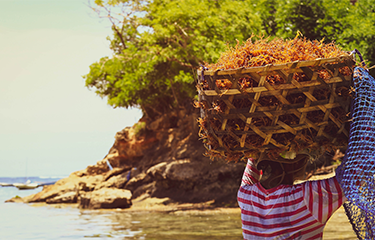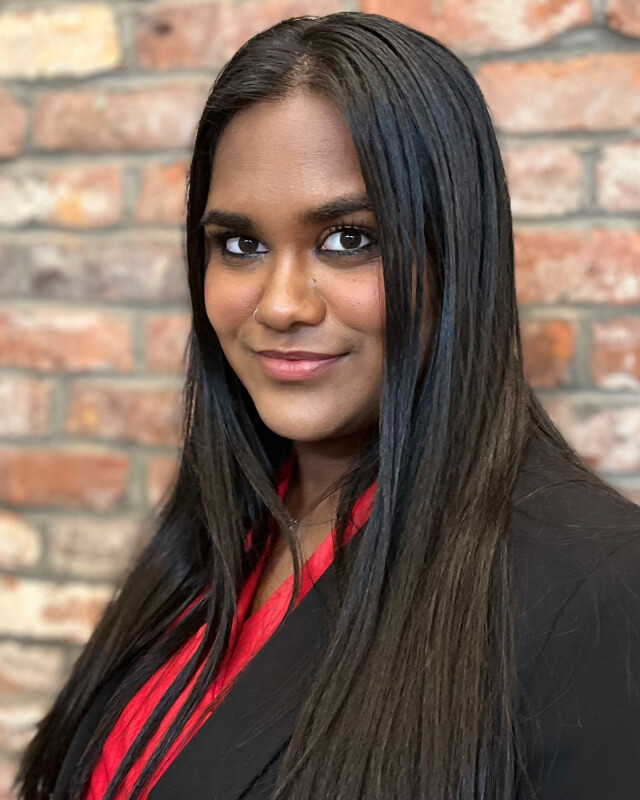Indonesia invests in seaweed innovation, The Seaweed Company completes first phase of Morocco project

- On 21 July, The Maritime Affairs and Fisheries Ministry of Indonesia announced a model project integrating seaweed production in varying ecosystems. The project is the first step in supporting momentum in Indonesian seaweed innovation throughout the coast of Indonesia in the Southeast Sulawesi Wakatobi district.
The region will pioneer better post-harvest seaweed handling, drying strategies and facilities, and market coordination, Antara News reported.
"We are also making efforts to attract investment for the seaweed processing industry in Wakatobi district," Maritime Affairs and Fisheries Ministry of Indonesia Director Budi Sulistiyo said.
The optimization of the Indonesian seaweed sector, he said, creates a pathway for it to be made into products and feed for fish and animals.
"Seaweed's derivative products can be made into food and non-food products, such as food for farm animals/fish, fertilizers, cosmetics, and also pharmacy (products)," Sulistiyo said.
On its LinkedIn profile, the company said it has collaborated with Ben Guerir, Morrocco-based Mohammed VI Polytechnic University and The African Institute for Sustainable Agriculture Research testing a variety of seaweed growing systems. The company said the testing paves the way for sustainable seaweed aquaculture on Morocco's Atlantic coast.
“Last week, our colleagues, WL Kruger (project manager) and Amine Kharoub (Manager of TSC Red Turtle), went on an incredible field trip to the Atlantic Coast of Morocco. They closely monitored the pilot cultivation system, and gave a presentation on the impact of this research project on the Moroccan seaweed sector and a glance at scaling the industry in the E.U. and Africa,” The Seaweed Company wrote.
- Researchers in Scotland have explored a new approach to growing algae to benefit the aquaculture and agriculture sectors.
Biosimetrics and Abrimar, two companies focused on animal nutrition, are working with researchers at the Scottish Association of Marine Sciences to explore cultivating algae as a sustainable feed ingredient. The project is exploring how to optimize different parts of algae as ingredients.
“Different species of algae have already shown huge potential in terms of the nutritional benefits for aquaculture and agriculture. However, transferring the process from the lab to full-scale production is not as straightforward as it may seem. As well as the technical hurdles, we also need to optimize the process so that it makes sense economically,” BioSimetrics Head of Technical Services Virgilio Ambriz-Vilchis said. “Algae is a high volume and comparatively low-value product, so we have evaluated 10 separate species and different growing conditions to see which achieves the best results. Next, we’re keen to find partners from other adjacent sectors to work with and explore the collaborative opportunity where we each get what we need from different parts of the plant and make the entire process more circular.”
Photo courtesy of Eo naya/Shutterstock






Share